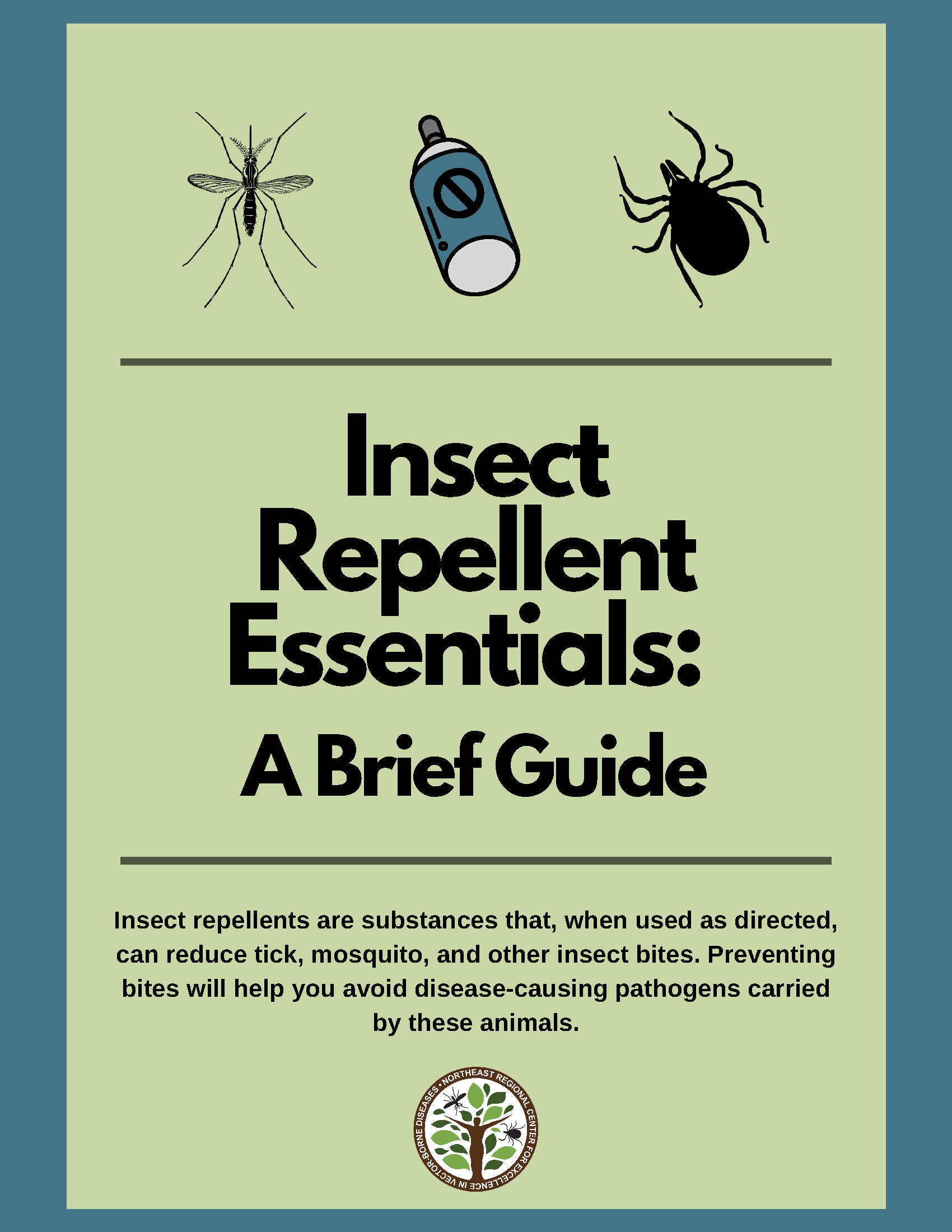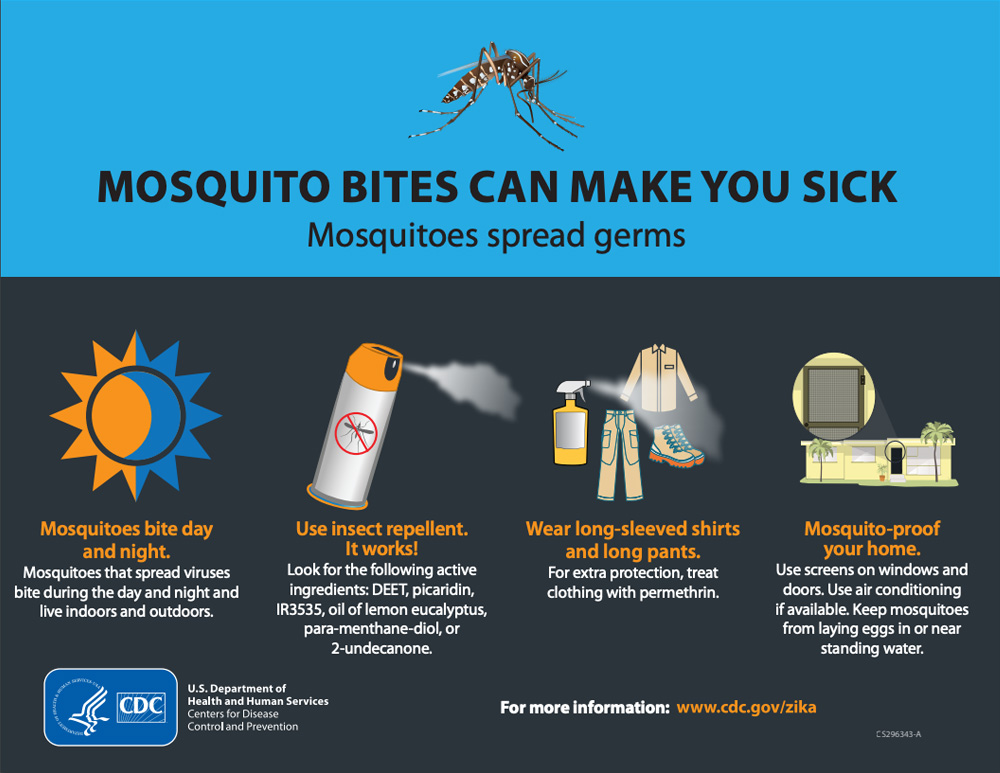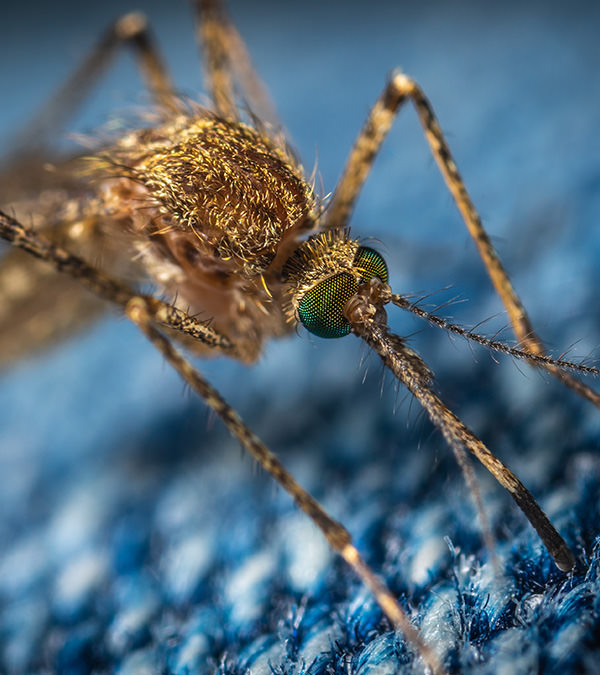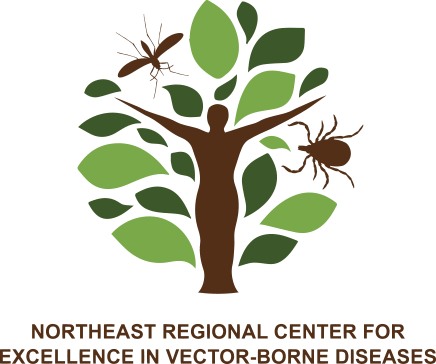
Mosquitoes of the northeast
There are over 60 mosquito species living in the Northeast region. Several of these species are important to human and animal health, either because they are serious nuisance biters or because they can transmit diseases that make humans and animals sick. We have provided some resources that can help you protect yourself from mosquito bites.
Learn more about NEVBD applied research projects on mosquito-borne disease issues in the Northeast by visiting our Research page!
Common Northeast Mosquito Habitats:
Mosquitoes live and breed in a variety of habitats in the Northeast:
- Containers in urban and suburban areas
- Pasture land and open fields
- Dry woodland and tree holes
- Salt marshes
- Swamps and wet woodlands
Visit the Rutgers Center for Vector Biology webpage on larval mosquito habitat to learn more about what these habitats look like and which mosquitoes like to live and breed there.
Mosquito Bite Prevention:
While it makes sense to take preventative measures against exposure to mosquitoes all year long, it is important to pay extra attention during warm months when mosquitoes are most active. Explore our featured strategies and guidance below on how to protect your home and family from exposure.

EPA Registered Mosquito Repellents
Using EPA-registered insect repellents can be an effective way to prevent mosquitoes from biting you.
Always read and follow the label instructions when applying insect repellent!
- The EPA has an online tool that can help you find the insect repellent that is best for you.
- NEVBD developed the Insect Repellent Essentials: A Brief Guide, explaining how they work, when you should think about using one, and busting some common myths about insect repellents that you might have heard. Desponible en español Repelentes de insectos: guía breve.
Keeping Mosquitoes Out of Your Home
Remove standing water! This is one of the most important things you can do to stop mosquitoes from breeding and flying around your home.
- Places you should always check for standing water can include:
- Old tires
- Buckets and wheelbarrows
- Planters and flower pots
- Pools, birdbaths, and pet water dishes (replace water weekly)
- Trash containers
- Drains, rain gutters, and ditches
- Make sure water collection areas are tightly sealed, like cisterns, rain barrels and septic tanks.
- Use Mosquito Netting: Cover strollers and baby carriers with mosquito netting when outside in mosquito habitat. You can also use mosquito netting on hats and over sleeping areas.
- You can use larvicides (materials that kill mosquitoes in their larval stage) to treat large containers of water that will not be used for drinking and cannot be covered or dumped out.
Maintain your home and property to help keep mosquitoes away:
- Use screens on windows and doors, and be sure to repair any holes you notice.
- Mow the lawn frequently, and cut down weeds that grow near your home’s foundation.
Additional resources:
- You can also find more information and resources on avoiding mosquito bites by visiting the CDC website on mosquito bite prevention.
- Fairfax County, VA, Health Department has also developed a video on mosquito resource reduction in the backyard. Watch their YouTube video
Protective Clothing Best Practices
You can treat your clothing with products containing 0.5% permethrin to prevent mosquito bites. Permethrin can be used to treat boots, clothing and camping gear and remain protective through several washings. Permethrin should never be used directly on skin!
Learn more about using permethrin on your clothes by visiting TickEncounter.org.

